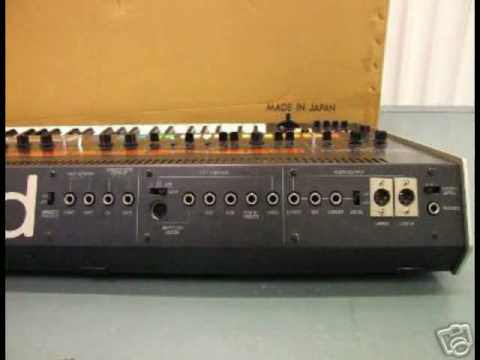Music Production
The History of the Roland Jupiter 8
There are very few synthesizers deserving of a history article, but near and dear to the top of my list is the Roland Jupiter 8. The machine which seemed to be more predominant than any other, during that early- to mid-80s period, was identifiable via a bright orange, glowing power switch which was also located on the back panel, just along from the Roland moniker. It was, of course, the Roland Jupiter 8, although it’s worth stating that it wouldn’t always glow, due to the nature of the “miming” that would occur on a show like Top Of The Pops, as it often wasn’t even plugged in. All of my great synth heroes had one, and it was the synth that I just had to have, but sadly I went the DX7II route. Let’s just say that was not my best decision.
The popularity of the Roland Jupiter 8 is highly justified because so many electronic and pop artists cite it as one of their favourites; Thomas Dolby, Jean-Michel Jarre, and Howard Jones were all fans of the JP-8, but what made this synth so special?
I believe that it’s mainly due to the serene nature of the filters. Unlike other machines of this era (Juno-6, SH-101, etc.completely), the filter on the JP-8 doesn’t self-oscillate, so it’s much less aggressive and less likely to rip your head off.
It is, entirely analog (as you would expect for a synth of this age), and so lends itself to more modest tonal colours. If you have used a few synths of the “preset” variety, I would put money on it that you have probably come across a ‘JP Strings’ patch at some point, and that speaks volumes about what the Jupe does best.

